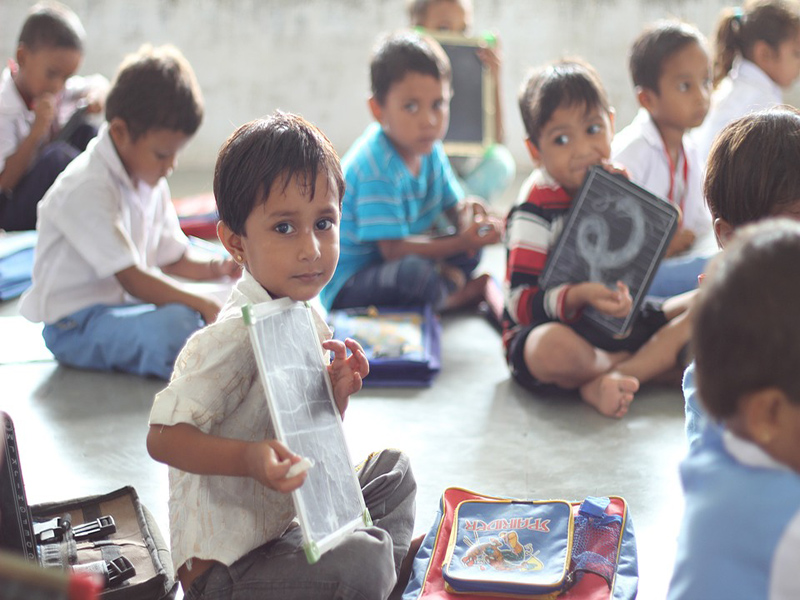At least seven states including Karnataka spent less than 2% of their income on education in 2020-21, according to the National Coalition on the Education Emergency (NCEE).
The NCEE has launched Policy Trackers on the Education Emergency. The ‘Policy Tracker: State Education Finance’ consists of three maps that provide information on education budgets and education financing by state Ministries of Education for 2020-21 and 2021-22.
NCEE is a group of individuals, organizations and networks across the country which have come together to ‘resume and renew’ school education. The NCEE working groups produce research studies, curricular resources, and guidelines for school opening to support governments, teachers, parents and communities to address the Education Emergency.
Among the other states that have spent less than 2% are Gujarat, Karnataka, Tamil Nadu, Telangana, Punjab, Haryana, Kerala and Delhi. Overall, most states in India allocated less than 4% of their income to education.
Among the other maps that were released, they have found that a majority of states decreased or kept constant their education budget allocations compared to 2020-21. At Least four states in the country including Tamil Nadu, Haryana, Chhattisgarh and Odisha have cut down their allocations anywhere between 1% and 10% for the year 2021-22 as compared to the previous year. In contrast, however, Rajasthan, Telangana, West Bengal and Kerala are among the states that have increased allocations by over 10 %
Dr Jyotsna Jha, Director, Centre for Budget and Policy Studies (CBPS), said, “Although most states have maintained the per-child expenditure in nominal terms, it has largely remained static, which in real terms means a reduction in most cases. Education, which occupies two-thirds to three-fourths of child budgets, has been devastated by the almost continuous school closure for nearly two years, and needs huge budgetary increases.”
Also read:
Union Budget 2022- What the education sector expects
“Government education expenditure must rise to 6-8 percent of GDP”
